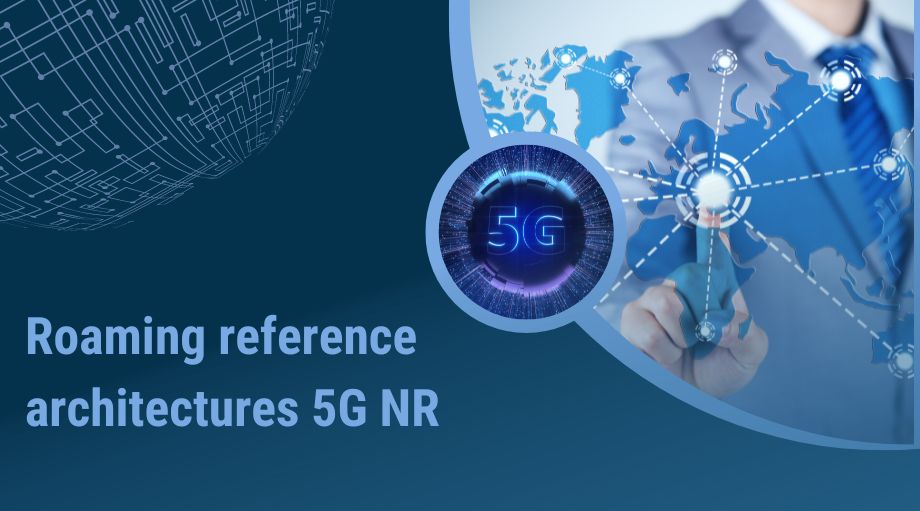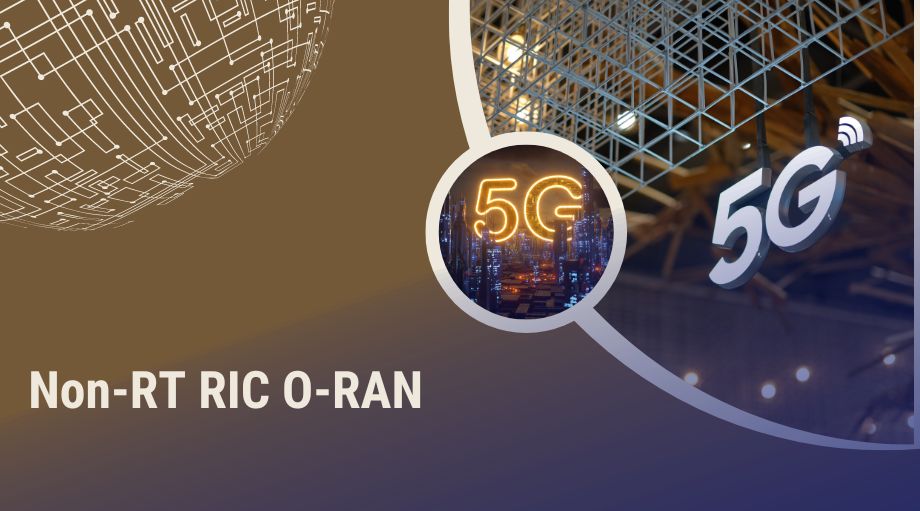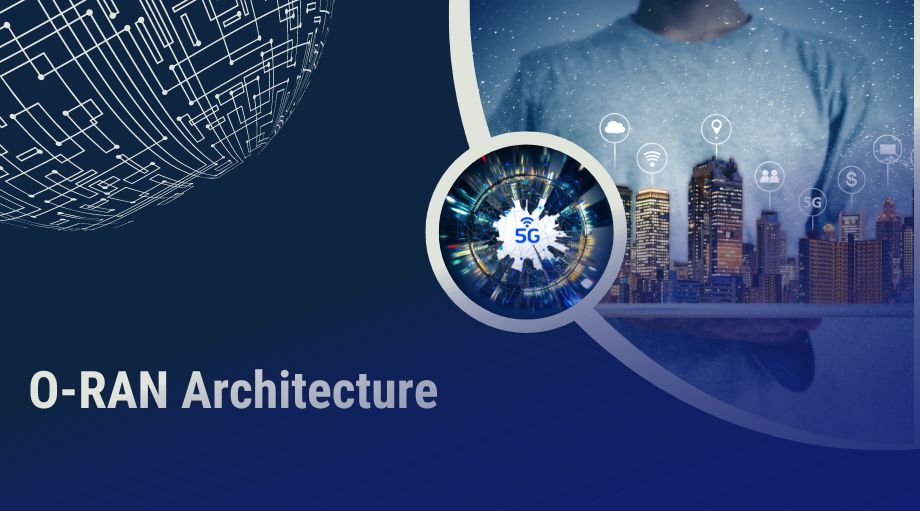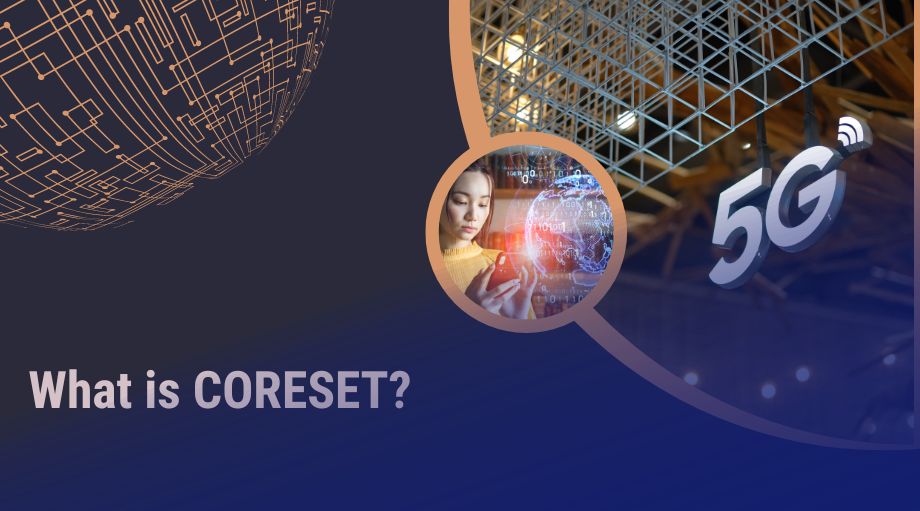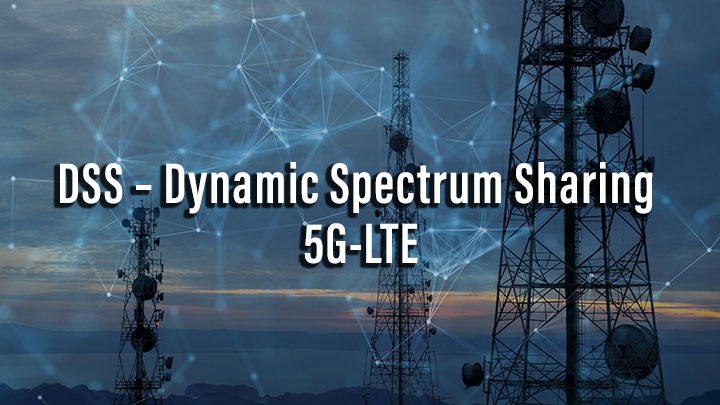Roaming Reference Architectures 5G NR
What is SEPP?
SEPP is a network function designed to protect messages exchanged between different 5G networks (home and visited networks during roaming, for instance). It acts as a security gateway that filters and secures cross-border signalling traffic between network operators.

